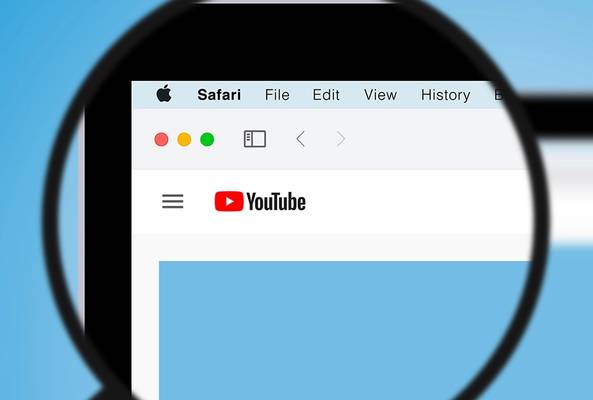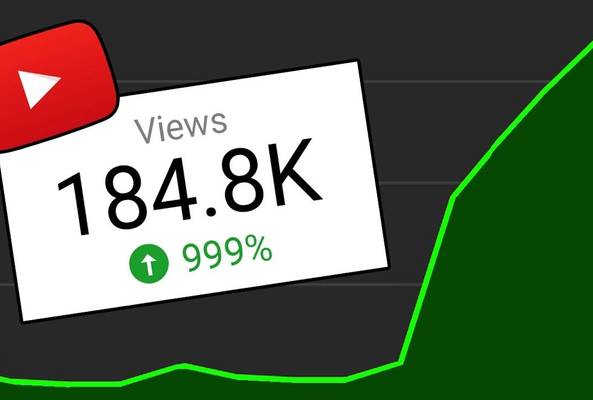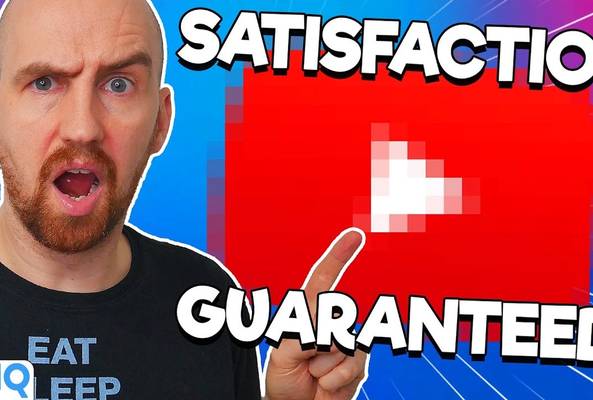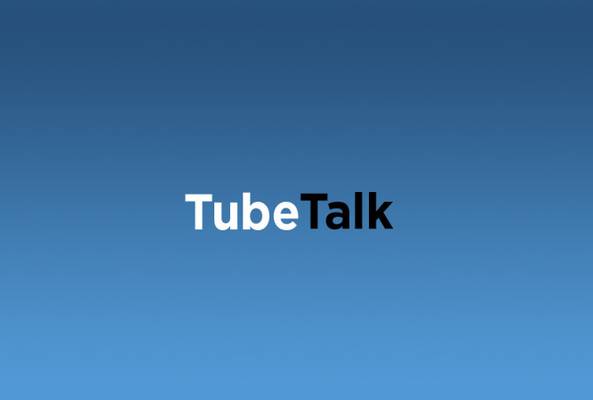Darryl is a writer with years of experience in online video software, combining technical expertise with a passion for educating audiences. When not writing, he’s tending to his farm surrounded by horses, chickens, dogs, and somehow cramming more plants into his garden than it could ever reasonably hold.
How to Beat the YouTube Algorithm
When it comes to growing a YouTube channel, the algorithm can feel like an elusive beast to conquer.
Creators often feel like they’re playing a losing game against YouTube’s algorithm, pouring hours into content that barely gets seen. But what if the key to success isn't about chasing the algorithm at all? What if the secret lies in focusing on what you love and creating content that truly resonates with you?
This is the inspiring story of Mike Crocker, a creator who learned to beat the YouTube algorithm by ignoring it and, instead, building a channel that works for him on his own terms.
Mike’s strategy stands out in an algorithm-driven world. His journey teaches us how to grow authentically, stay motivated through challenges, and create content fueled by passion.
The Journey Before Fame
Mike’s journey began long before YouTube became the platform it is today. Inspired by a Lego stop-motion animation he stumbled upon as a child, Mike’s passion for storytelling and animation took root early. His father introduced him to the idea that stop-motion animation was simply a series of photos played back quickly, which sparked a creative flame in young Mike.
When YouTube launched, Mike was ready to share his creations. Although his first channel, a collection of early Lego stop-motion videos, now feels like a cringe-worthy relic, it was a crucial step in his creative development. It’s a reminder that every creator has humble beginnings, and early mistakes or awkward content are just part of the growth process.
How Authentic Content Helps in Beating the YouTube Algorithm
One of the biggest lessons from Mike’s story is the importance of creating content that you love, rather than content designed solely to please the algorithm. He admits to cringing at his older videos because they lacked strategy and focus. But he also celebrates this as a sign of growth — if you’re not embarrassed by your old work, you’re probably not improving.
Mike’s unique niche is Lego stop-motion animated storytimes. He blends his love of storytelling with his animation skills to create videos that stand out in a crowded space. This format is rare and distinct, which helps draw attention even without aggressive algorithm chasing.
But Mike doesn’t limit himself to stop-motion alone. His channel includes commentary videos, goofy sketches with friends, and casual “filler” content like watching bad movies or reacting to silly things. This variety keeps his channel fresh and prevents burnout, while still centering on what he enjoys.
Action Item: Write a one-sentence statement describing what you love most about creating content and revisit it before starting a new project.
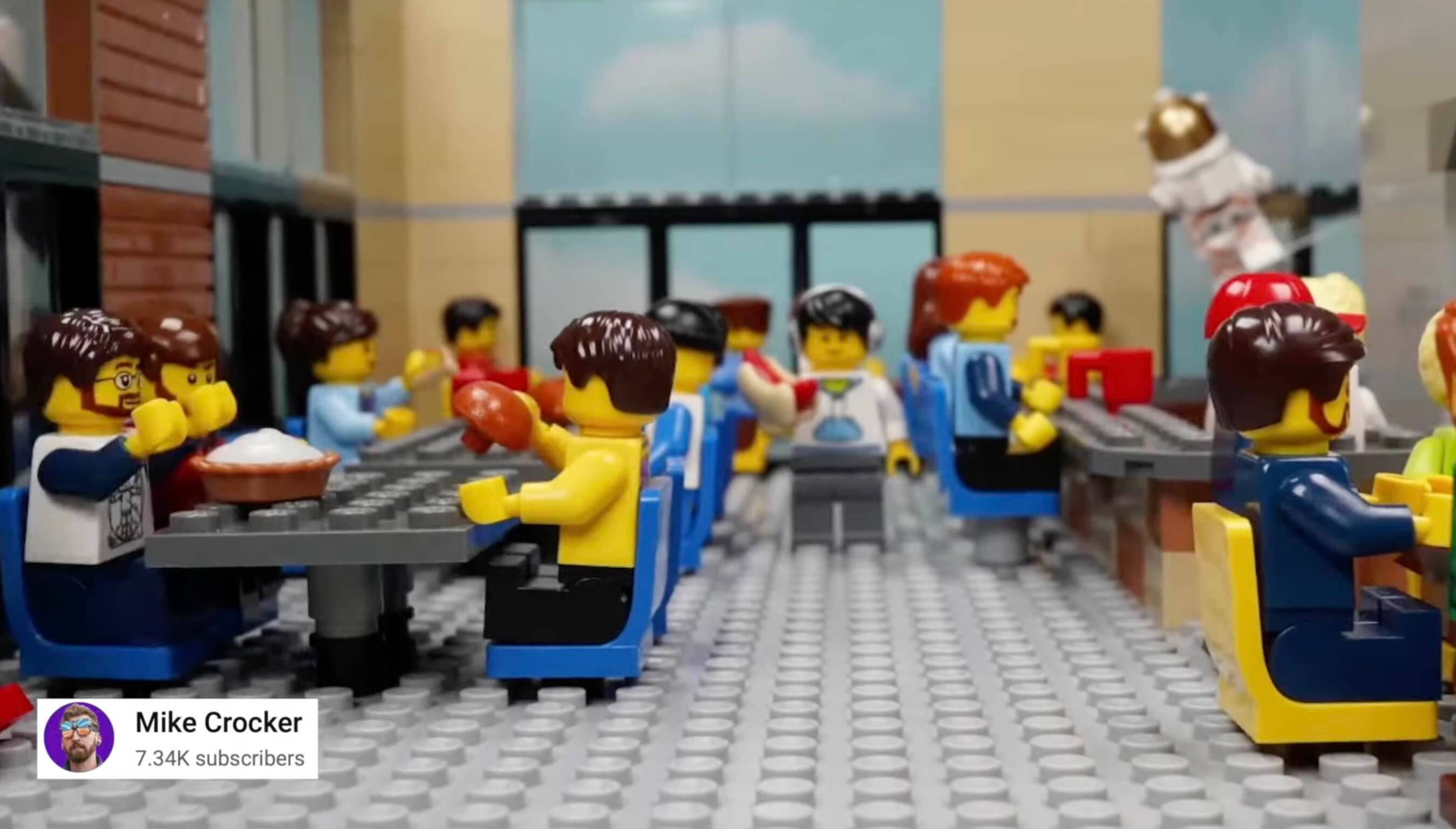
Uniqueness Matters More Than Algorithm Hacks
Mike’s approach highlights the power of uniqueness in content creation. When trying to get noticed by bigger creators like Kurtis Connor or Scott Cramer, Mike pitched the value of his unique storytelling style: a chance for them to share personal stories in a new and artistic way. This helped him land interviews with channels far larger than his own, boosting his channel’s visibility without relying on typical algorithm tricks.
He wisely points out that many creators are drawn to unique content because it offers something fresh and engaging. While the algorithm favors watch time and engagement, it also responds well to originality and authenticity. This is a crucial insight for anyone wondering how to beat the YouTube algorithm: be yourself and bring something fresh to the table.
The Reality of Stop-Motion: Time and Patience
One of the most striking details Mike shared was the sheer amount of time required to produce his Lego stop-motion videos. For one interview video with Kurtis Connor, Mike clocked over 155 hours of work just on the stop-motion portion, not counting pre-production planning, recording, or editing.
Because stop-motion videos take so long to make, Mike balances his channel with quicker, more casual content. This strategy helps maintain a steady upload schedule and keeps his audience engaged. It also lets him explore other creative avenues like commentary and sketches, preventing creative stagnation.
This balance is a smart way to avoid burnout and keep a channel dynamic. It’s a practical lesson for creators who feel pressured to churn out high-effort content constantly but struggle to keep up.
Action Item: Create a production schedule that balances high-effort and low-effort videos to maintain consistency.
Networking and Collaborations: Landing Big Interviews
Mike’s channel has seen rapid growth, jumping from around 5,000 subscribers to nearly 7,000 in a short span. Recently, he even hit the milestone of monetization, becoming a YouTube Partner. This achievement brought new motivation but also new challenges.
One of the biggest hurdles Mike faces is balancing YouTube with financial realities. Like many creators, he juggles freelance work alongside his channel, trying to maintain a healthy work-life balance. The pressure of bills and rent is a constant reminder that passion alone doesn’t pay the bills.
Mike emphasizes the importance of treating YouTube like a business, which means managing your time wisely and finding balance. He also refuses to isolate himself socially, recognizing that maintaining relationships and mental health is crucial for long-term success.
Dealing with Flops and Ego
Not every video on Mike’s channel is a hit, and he’s honest about how that affects him. While a poorly performing video can bruise the ego, it doesn’t harm the channel’s overall health. Videos that don’t do well simply don’t move the needle forward, they don’t drag it down either.
This perspective is vital for creators learning how to beat the YouTube algorithm. It’s okay to experiment and fail sometimes. What matters is maintaining consistency and learning from each attempt. The algorithm isn’t a judge of your worth; it’s a tool that rewards engagement and viewer satisfaction.
Action Item: Start a “Lessons Learned” document for flops, noting what you can improve next time.
The Power of Community and Support Systems
One of Mike’s biggest sources of motivation is his support system. He’s part of a Discord community of small YouTubers who share ideas, analytics, and encouragement daily. This camaraderie helps him stay accountable and motivated, especially during tough times.
Mike’s advice is clear: Find people who believe in you and your vision. Avoid negative spaces that drain your energy or make you question your passion. A positive community can make all the difference in sustaining motivation and creativity.
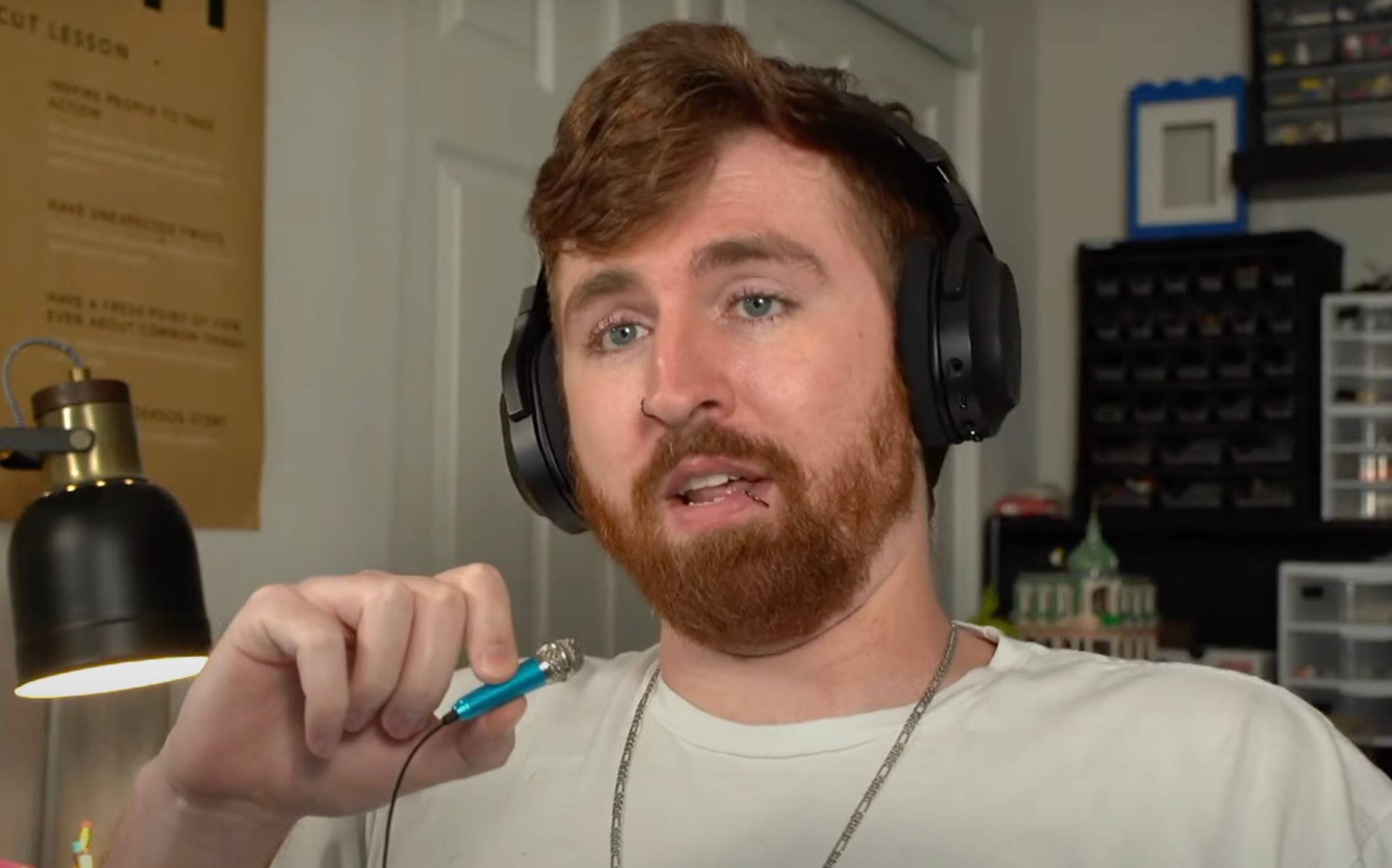
Building Your Brand Through Authenticity and Consistency
Mike’s channel showcases the importance of primal branding, creating memorable, consistent elements that help viewers identify and connect with you.
For instance, Mike’s tiny blue microphone is more than just a prop; It’s a quirky signature that fans recognize and associate with his personality. Although some critics suggested removing it for being distracting, Mike held firm because it felt authentic and funny to him.
Branding doesn’t have to be complicated or overly strategic. Sometimes, it’s about embracing what makes you unique and letting that shine through consistently. Over time, these small quirks build a recognizable identity that helps attract and retain viewers.
The Changing Landscape of YouTube and Viewer Satisfaction
Mike and others have noticed that YouTube is shifting its focus from metrics like watch time to viewer satisfaction. This means the platform values how happy viewers are with the content they watch, regardless of length.
This shift has huge implications for creators. Instead of obsessing over hacks, the best strategy is to beat the YouTube algorithm by making satisfying, meaningful content that delivers a complete experience. Whether that’s a short video or a long one, what matters most is how viewers feel after watching.
Final Thoughts: How to Beat the YouTube Algorithm
Mike Crocker’s journey offers a compelling blueprint for creators wondering how to beat the YouTube algorithm without losing themselves in the process. Here are some key takeaways to apply to your own channel:
- Follow your passion: Create content you love rather than chasing trends or algorithmic formulas.
- Be unique: Find a niche or style that sets you apart and lean into it.
- Balance your content: Mix high-effort videos with quicker, casual content to maintain consistency.
- Network smartly: Offer clear value when reaching out to bigger creators for collaborations.
- Stay motivated: Build a supportive community and surround yourself with people who believe in you.
- Embrace branding: Develop authentic, consistent elements that make your channel memorable.
- Focus on viewer satisfaction: Prioritize creating content that truly connects with your audience.
Remember, the algorithm is just one part of the YouTube ecosystem. By focusing on passion, authenticity, and community, you can build a channel that thrives on your own terms.
Related Article: The Secret to Standing Out as a Small YouTube Creator
FAQs
How can I stand out in a crowded niche?
Leverage your unique voice, perspective, or skills. For example, Mike Crocker’s Lego stop-motion videos combined animation and storytelling, which made his content distinctive. Experiment with formats or storytelling techniques that set you apart.
What’s the best way to balance high-effort and low-effort content?
Mix time-intensive videos with quicker, casual ones to maintain a consistent upload schedule. High-effort videos build depth and uniqueness, while low-effort videos keep your audience engaged and prevent burnout.
Is it worth collaborating with other creators?
Absolutely! Collaborations can help you reach new audiences. Focus on creators whose styles complement yours and pitch ideas that offer value to both parties.
How do I handle low-performing videos?
Don’t get discouraged. Use underperforming videos as learning opportunities. Analyze what didn’t work, refine your approach, and stay consistent. One video’s performance doesn’t define your channel’s success.
Does viewer satisfaction matter more than watch time?
Yes, especially with recent shifts in YouTube’s focus. Prioritize making content that viewers find enjoyable and fulfilling, as this can boost engagement and encourage them to return for more.

